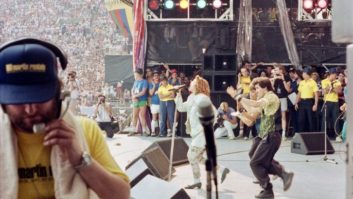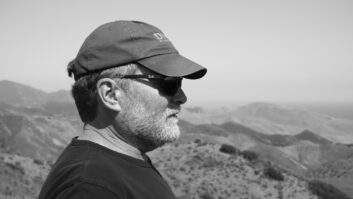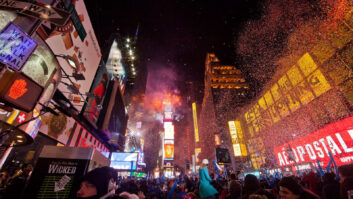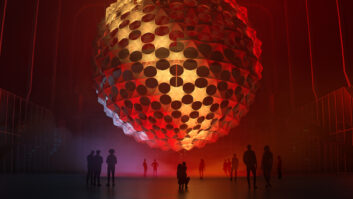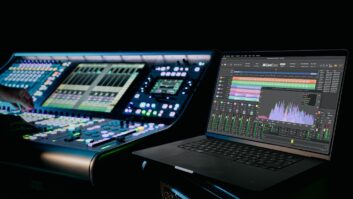In 1988, when I joined Mix, I knew what Live Sound was. It was stadium dates with the Rolling Stones and club gigs with Nick Cave. Sheds for the newly annointed Platinum-sellers and Red Rocks for the jam band that nobody paid attention to at MTV but who could fill three nights outdoors on a summer weekend. It was big sound, rock ’n’ roll production. Stacks and racks at front of house, wedges across the front of the stage and a crew that could set up a monster rig each night and then have it packed in the trucks before the last Joe the Fan made it out of the parking lot.
We covered it all, and a whole lot more. We featured cool stadium installations, the occasional Cirque du Soleil premiere, the live TV awards show from the FOH perspective. We even once wrote about a Microsoft product announcement that filled the Thomas Mack Center in Las Vegas and employed a core sound crew for a month. By that time, we were calling it sound reinforcement, and though we still do internally, we found that SR doesn’t really have the brand recognition that Live Sound does once you step outside our industry and strike up a conversation in a hotel bar.
So Live Sound it is. And we keep covering it, in just as many ways. There are just more ways! Concerts make the news, let’s face it. They’re a lot of fun, and we fill our pages with the best and the brightest. But it can be a fickle business: Ticket sales are up, ticket sales are down. Bon Jovi is giving away free tickets, Kings of Leon is playing to 80,000 in London, country acts are recession-proof. The business is booming, the business is hemorrhaging—a ping-pong cycle with no shortage of commentary. It’s been simultaneously billed as the savior of the music business (from the artist’s perspective) and the biggest gamble in entertainment and mass-market consolidation (from the Wall Street pop news perspective). But that’s the concert business, subject to the popularity of a few big names to drive the grosses up. It’s not necessarily the club industry, and it’s only a subset of the Live Sound business. The Live Sound business is everywhere, every day.
This came clear to me many years ago when I met Emmet Foley, then a part owner and engineer at Production Logic, a regional sound company here in the Bay Area. He brought his Adamson rig to Reggae on the River and mixed for three days, then set up for an Oakland City Hall press conference, then had a stage at Kaboom for KFOG radio and later mixed a show at a San Francisco theater. All in a couple weeks. Others do weddings and cruise ships and political rallies. Fundraising events, hotel ballrooms, museum exhibitions and casino lounges. Some install systems for shopping malls and home theaters, small clubs and dotcom playpens. And everyone today, it seems, wants to gain entry into the church market.
Today we may find control system operators and IT integrators alongside a system tech. There are people who bring in flightpacks to record and send out audio over Ustream or satellite uplink. And there are many now implementing iPads, tablets and remote control and test systems. But honestly, most of the gigs themselves haven’t changed. There are simply more of them, more opportunities for the enterprising engineer or the adventurous rental house or the college grad who can install an audio network for the new theme park ride. In the recording studio world, we like to say that while there may be fewer jobs for console jockeys, there’s more music being produced than ever before. You could say the same for Live Sound. But you have to look beyond the concert stage.
